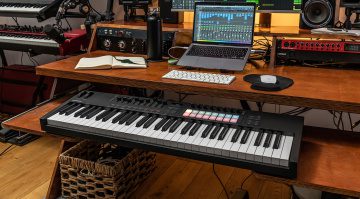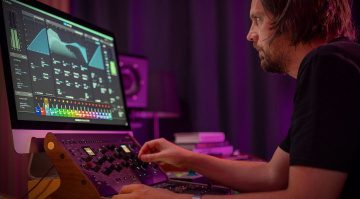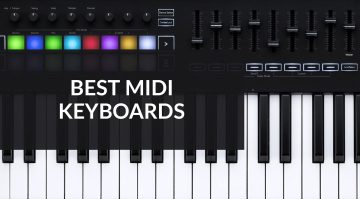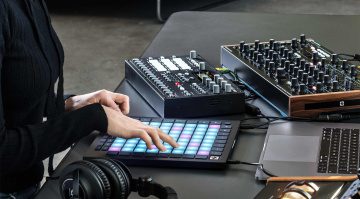What is MIDI? A Guide to Understanding MIDI
Have you ever pondered the question, “What is MIDI?”, we find out about the different aspects of MIDI and where they come into play.
Table of Contents
What is MIDI?
MIDI or Music Instrument Digitial Interface is a communication protocol that allows hardware devices and instruments to interact with one another. Developed in the early 1980s, the concept of a standardized language was first proposed by Roland founder Ikutaro Kakehashi and then implemented with Dave Smith.
Although it’s hard to believe that manufacturers like Roland, Moog, Sequential Circuits, and Oberheim agreed on this format together, this was the collaborative landscape of music technology in the 1980s. Nevertheless, MIDI became an essential part of music production, allowing a wide range of instruments to be controlled from a central sequencing unit.
What is MIDI? : Applications
As a medium, MIDI has become so innocuous these days, you wouldn’t even know you were using it. This is because most of the MIDI devices we use connect via USB, which also provides power in some cases. The most common use for MIDI by far, is for triggering and controlling software instruments and effects plugins within your DAW, as well as transport controls and other functions.
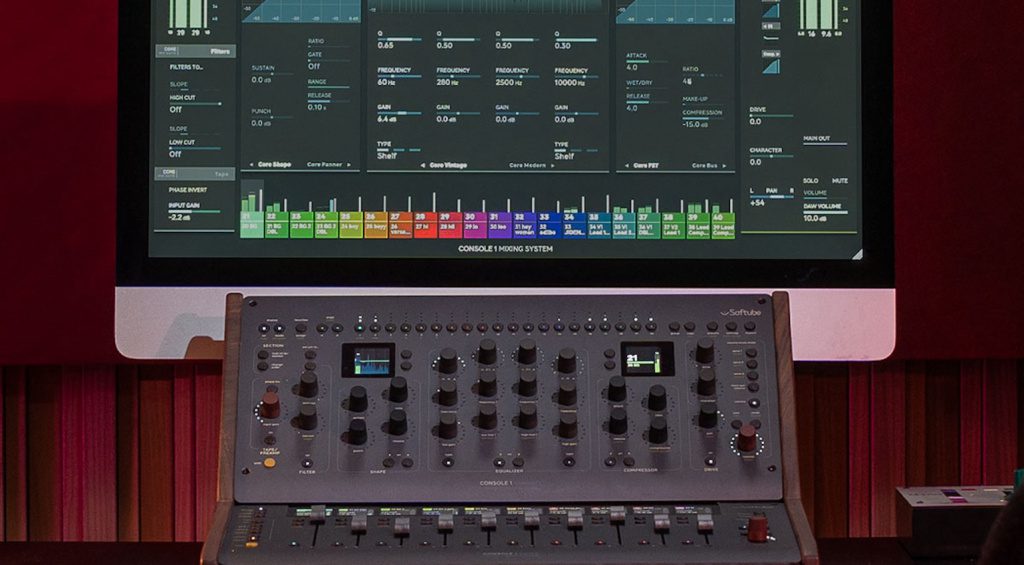
For this purpose, there is a wide range of keyboard controllers that send note length and velocity (0-127) information to your computer, and pitch bend (-63-0-63) and modulation (0-127). In addition, these controllers are often also equipped with velocity-sensitive trigger pads for drum programming, faders for channel volume automation, and pots that can be assigned to plugin parameters.
Alternatively, MIDI also offers a wide scope of functionality when sending data from your DAW to external devices. A DAW like Ableton Live, for example, is a powerful platform for sequencing hardware synths, samplers, and drum machines. This allows you to map out your entire Live set for your performances including program change messages that select presets for different songs.

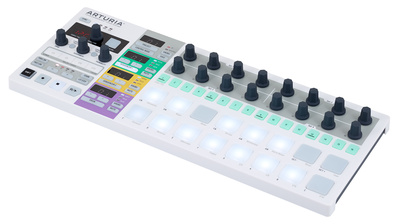
What is MIDI? : TRS Minijack MIDI
First introduced in 2010, TRS minijack MIDI allowed manufacturers to add MIDI I/O to compact devices like the Line 6 MIDI Mobilizer, a MIDI interface for mobile devices. Naturally, an increasing number of TRS MIDI devices began showing up on the market, and many of these came with TRS minijack to traditional 5-pin MIDI converter cables.
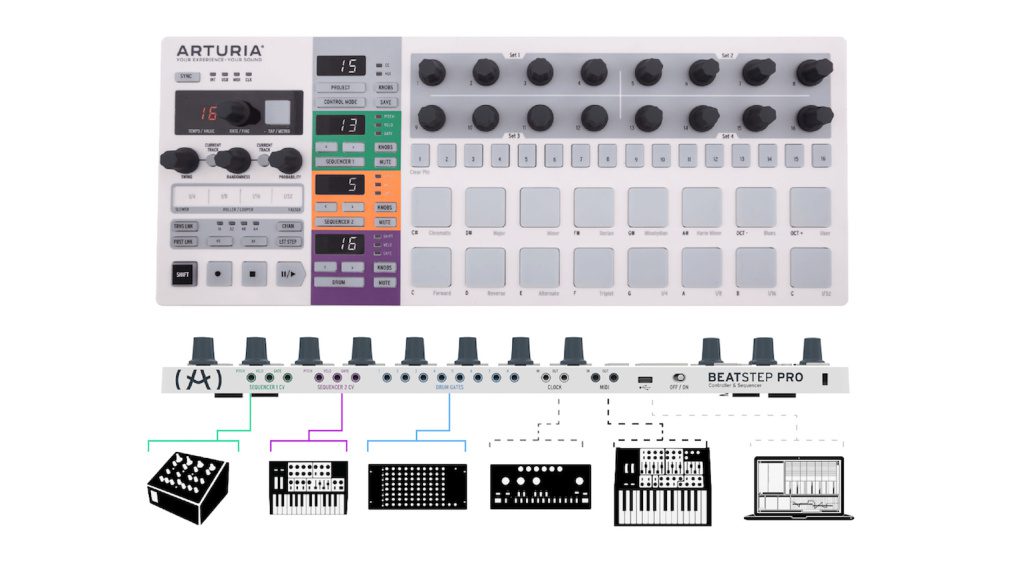
Today, many of our favourite instruments use TRS minijack MIDI, including designs from Roland, Ableton, Arturia, Teenage Engineering,1010music, KORG, and the list goes ever on. As USB MIDI often requires additional hubs and converters to allow 2 devices to communicate, TRS MIDI became the logical and convenient next step.
Furthermore, as MIDI I/O connectivity is an unavoidable part of any equipment design, manufacturers have used these tiny TRS minijack connectors to create more slimline devices. You can find two prominent TRS MIDI connection standards (Type A and Type B), with slightly different configurations, as well as a TS type that uses a mono minijack for transmission.

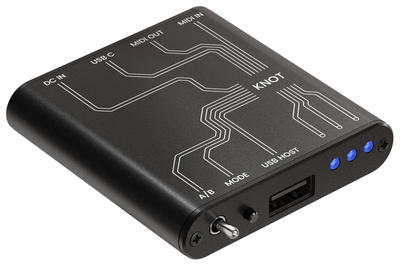
What is MIDI? : Using MIDI Hubs and MIDI Thru Chains
When linking up a range of instruments to your DAW or hardware sequencer, the next puzzle to solve is how to bring all your devices to life, so you can get the most out of them when creativity strikes. Luckily, any device with a MIDI output can transmit up to 16 channels of MIDI, and many instruments are equipped with a connector called MIDI THRU.
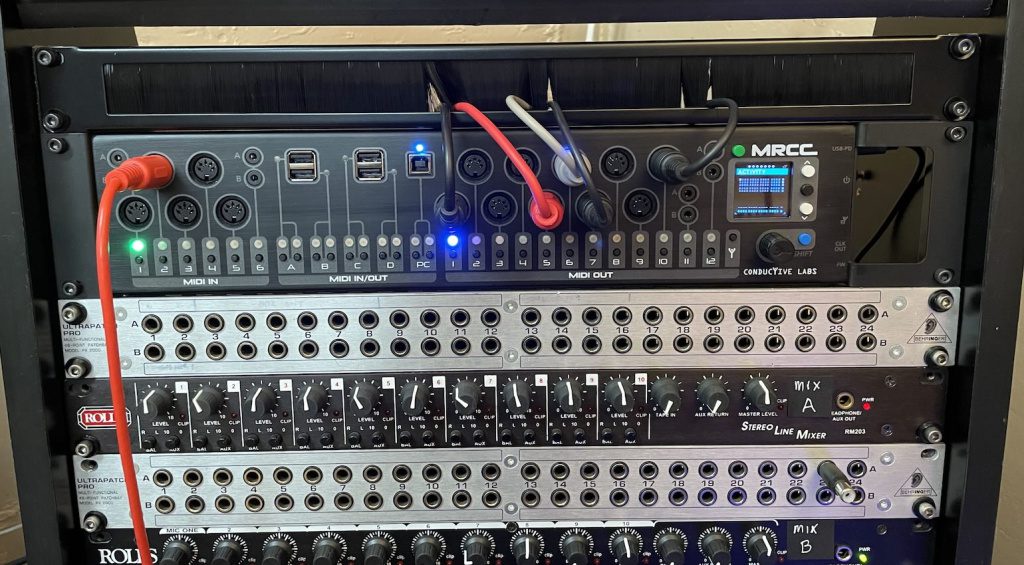
How MIDI THRU works, is it creates a duplicate signal of the one being received by the device’s MIDI IN. This means that, with the correct channel assignments, you can control a chain of 16 different devices from a single sequencer, provided 15 of them have a MIDI THRU connection. However, while MIDI THRU was a standard for devices in the 1980s and 1990s it’s not found on every instrument today.
To fix this problem, we use MIDI hubs and these handy gadgets can do more than just routing MIDI. Besides, converting connector formats and splitting/merging signals, some MIDI interfaces, like those from Conductive Labs, provide a wide range of features to customize your studio or stage workflow.

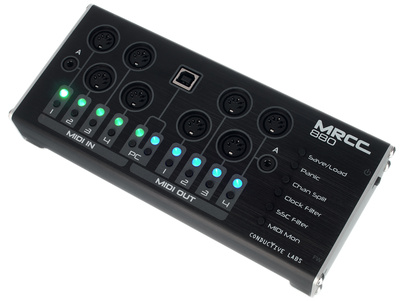
What is MIDI? : MPE
With the advent of non-traditional MIDI controllers like the Haken Continuum or the Expressive E Osmose, a format called MPE (MIDI Polyphonic Expression) was born. MPE is an expansion of the MIDI format that allows users to control additional parameters such as pressure, pitch (vertical and horizontal), amplitude, timbre, and more.
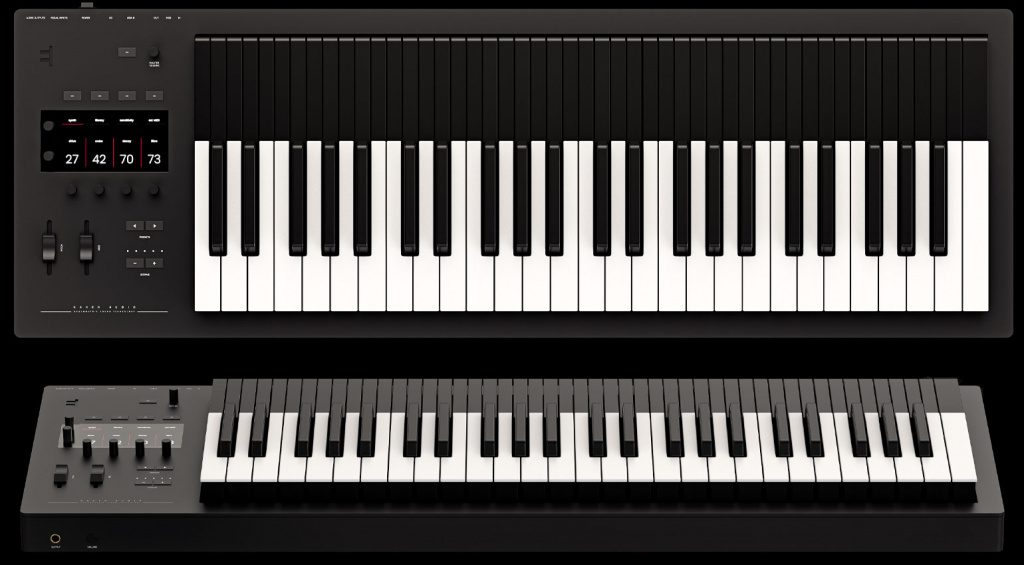
The organic nature of MPE allows both hardware and software instruments to behave more like acoustic instruments, with the ability to add expression as you would on the fretboard of a guitar. While this still requires some keyboard skills and a basic knowledge of the notes or chords being played, it certainly opens doors in the avenue of creative sound design.
Although they don’t come cheap the added depth of expression offered by MPE MIDI keyboards allows you to harness synthesizers and samplers in new ways. Although you might wonder how this is relevant in music production, it becomes interesting in the context of film and game scores, where you can model the characteristics and scales of instruments to match the context of your composition.

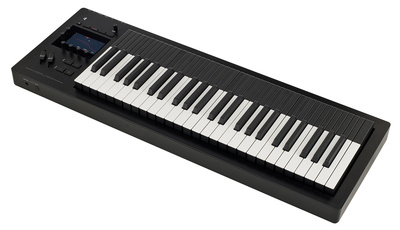
What is MIDI? : MIDI 2.0
With MIDI 2.0 the format expands its potential, with bidirectional communication and improved parameter resolution for pitch, velocity, and timing. While MIDI 1.0 allowed one-way data transmission, 2.0 gives controllers and instruments the ability to interact directly, providing feedback in real-time.
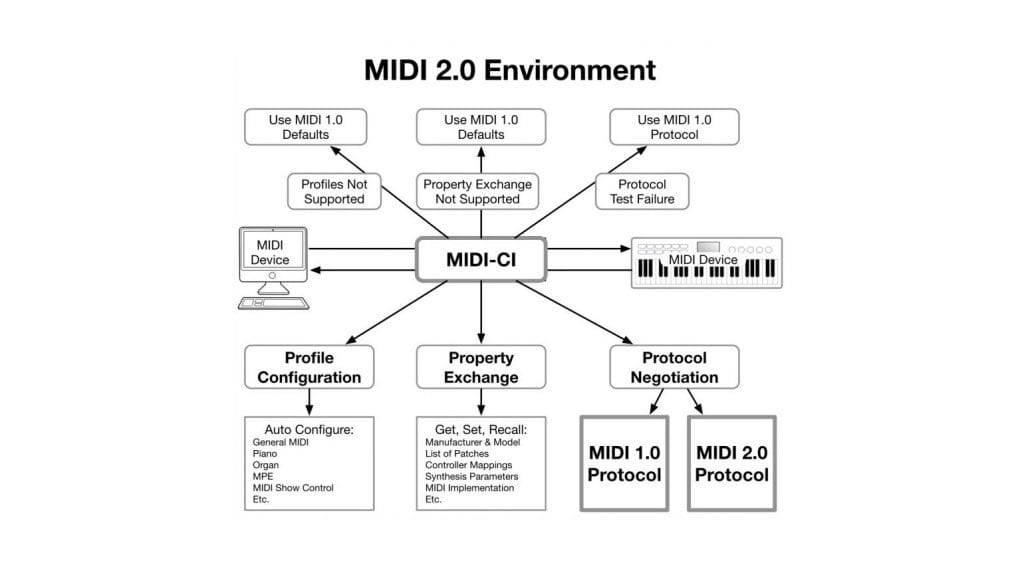
The parameter resolution (128-step) available on MIDI 1.0 is also increased in MIDI 2.0, so you have a greater degree of precision and realism when controlling software instruments or effects plugins. In addition, MIDI 2.0 allows data profiles for devices. This means that the devices can share their specifications and compatibility requirements with each other.
New MIDI 2.0 devices also offer backwards compatibility, so any older MIDI 1.0 devices are not made obsolete. Instead, you can mix and match old and new devices to get optimal performance from the new MIDI environment, while Bluetooth MIDI devices offer the same level of cross-compatibility.
More about MIDI:
- Thomann’s Guide to MIDI Keyboards
- Read about MIDI
*Note: This “What is MIDI?” article contains promotional links that help us fund our site. Don’t worry: the price for you always stays the same! If you buy something through these links, we will receive a small commission. Thank you for your support!

 4,8 / 5,0 |
4,8 / 5,0 | 


